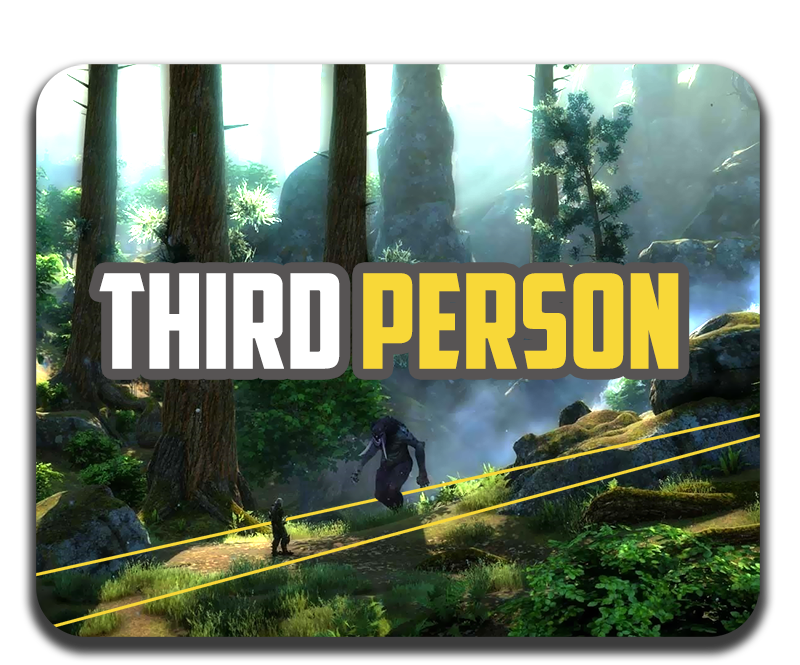
Written in 2019
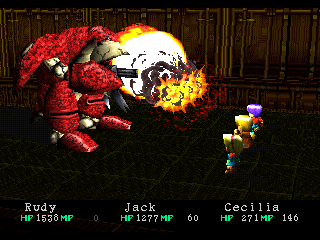 Third person view became increasingly popular after game consoles and computers were able to output 3D visuals in a decent manner. Today, they are the most popular way to display RPGs next to the first person mode. There is in fact some kind of rivalry going on between first and third person views.
Third person view became increasingly popular after game consoles and computers were able to output 3D visuals in a decent manner. Today, they are the most popular way to display RPGs next to the first person mode. There is in fact some kind of rivalry going on between first and third person views.
The transition between top down view or isometric view and third person display was a slow one. First, the backgrounds of RPGs slowly became three dimensional, and with this three dimensional options, rotating cameras were introduced, even if the characters within the games were still displayed as sprites (Breath of Fire III, 1998 or Grandia, 1997). Then, as games were done fully in 3D, the camera came down lower and lower and camera movement was more flexible until there was a complete freedom of view.
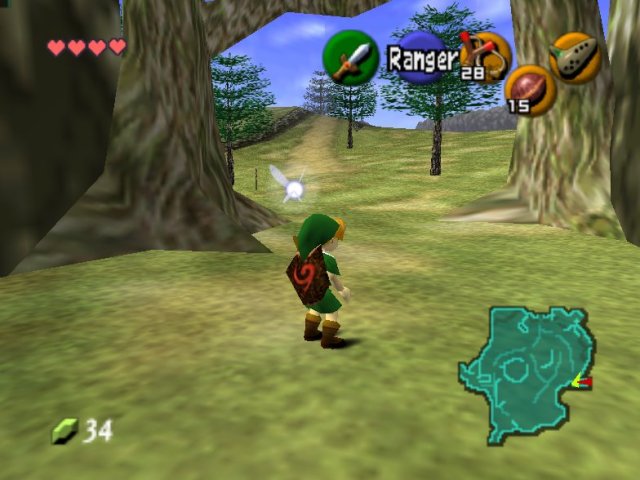 Of course, some games came earlier with full-fledged 3D visuals and a third person view - the most famous example surely being Zelda: Ocarina of Time, which was also released in 1998. 3D visuals skyrocketed in the late 1990s, the first, still rough games were released on early 3D accelerated PCs, consoles slowly catching up. With the release of the Sega Dreamcast in 1998, now 3D games could look just as ageless as 2D games.
Of course, some games came earlier with full-fledged 3D visuals and a third person view - the most famous example surely being Zelda: Ocarina of Time, which was also released in 1998. 3D visuals skyrocketed in the late 1990s, the first, still rough games were released on early 3D accelerated PCs, consoles slowly catching up. With the release of the Sega Dreamcast in 1998, now 3D games could look just as ageless as 2D games.
But there is more to games being presented in a third person view.
RPGs, especially on the PlayStation 1, still used a top down view for town and dungeon travelling. Famous examples are Final Fantasy VII or Chrono Cross. Fully 3D rendered visuals would have been too much for the hardware at the time, at least if players had to expect some level of detail and a reasonable frame rate. Even Ocarina of Time on the much more powerful N64 had some issues in keeping the framerate up.
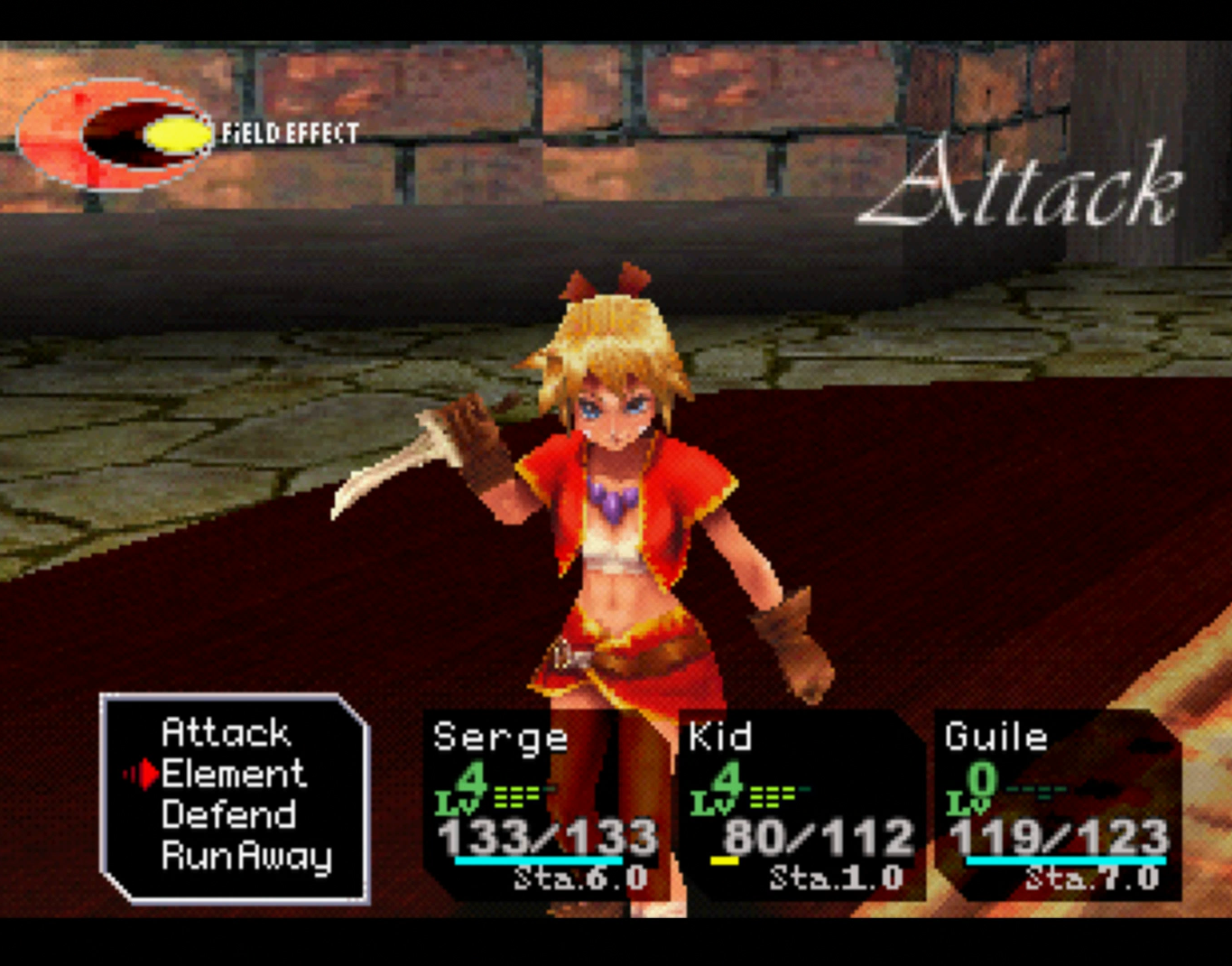 Turn based RPGs, on the other hand, had the possibility to show battles completely in 3D. The aforementioned Chrono Cross and Final Fantasy VII did just this. Whenever the game switched into combat mode, the visual style changed and the battles presented themselves in stunning 3D with impressive camerawork and effects.
Turn based RPGs, on the other hand, had the possibility to show battles completely in 3D. The aforementioned Chrono Cross and Final Fantasy VII did just this. Whenever the game switched into combat mode, the visual style changed and the battles presented themselves in stunning 3D with impressive camerawork and effects.
This was possible because the surroundings had to render much fewer polygons than would have been required in a town or dungeon scenario. Usually, aside of characters and monsters, not much environment had to be shown.
Final Fantasy games also started to display the overworld in 3D.
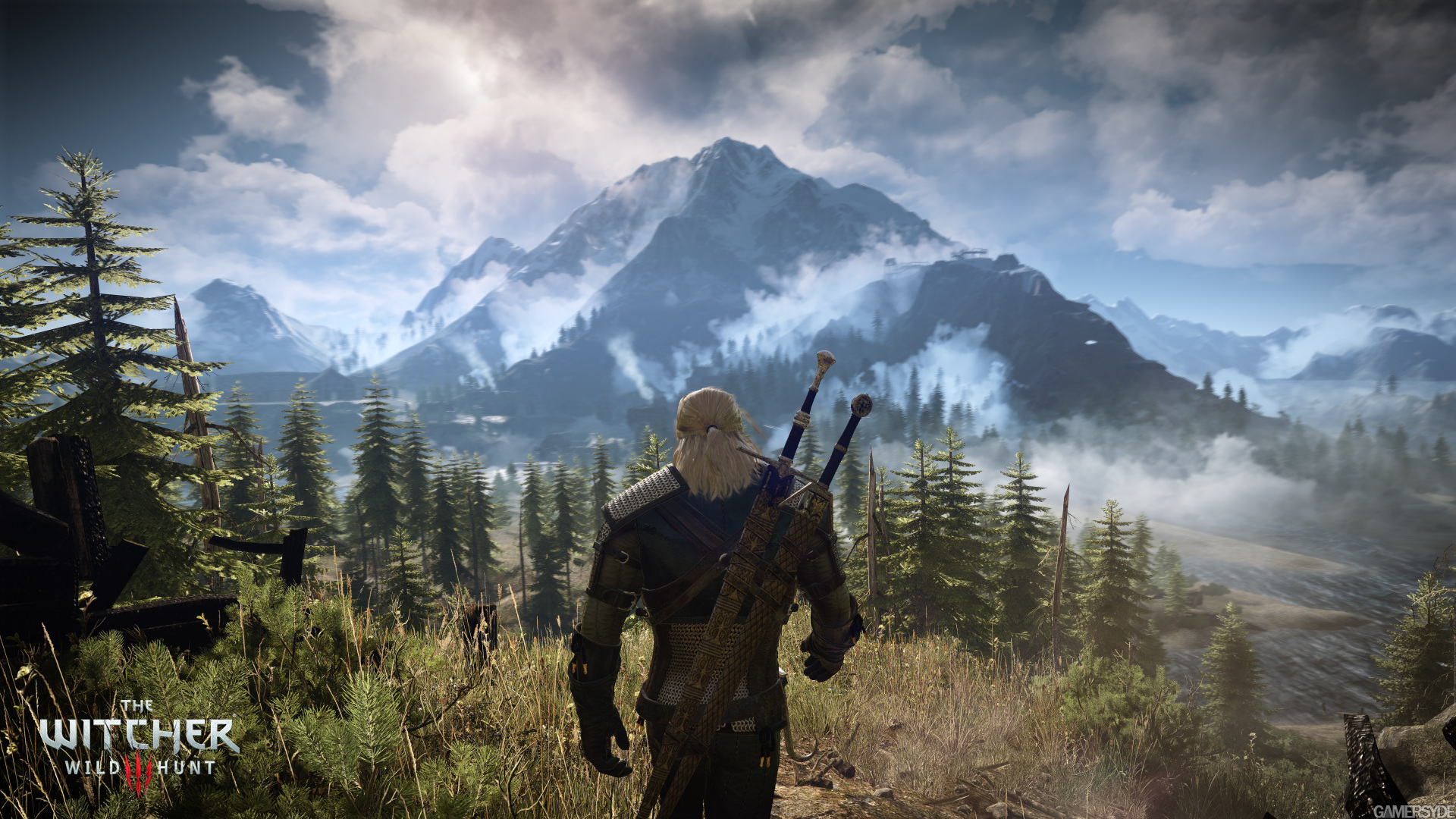 One of the visual styles of choice for many developers is the third person view today. Usually, the camera can be rotated freely around the players and in some cases can be even zoomed in and out a little (like in Xenoblade Chronicles).
One of the visual styles of choice for many developers is the third person view today. Usually, the camera can be rotated freely around the players and in some cases can be even zoomed in and out a little (like in Xenoblade Chronicles).
From a gameplay point of view, this mode offers a better overview, especially if zoomed out a little. Players can see where enemies or obstacles are and can easily maneuver around them or block and fight enemies.
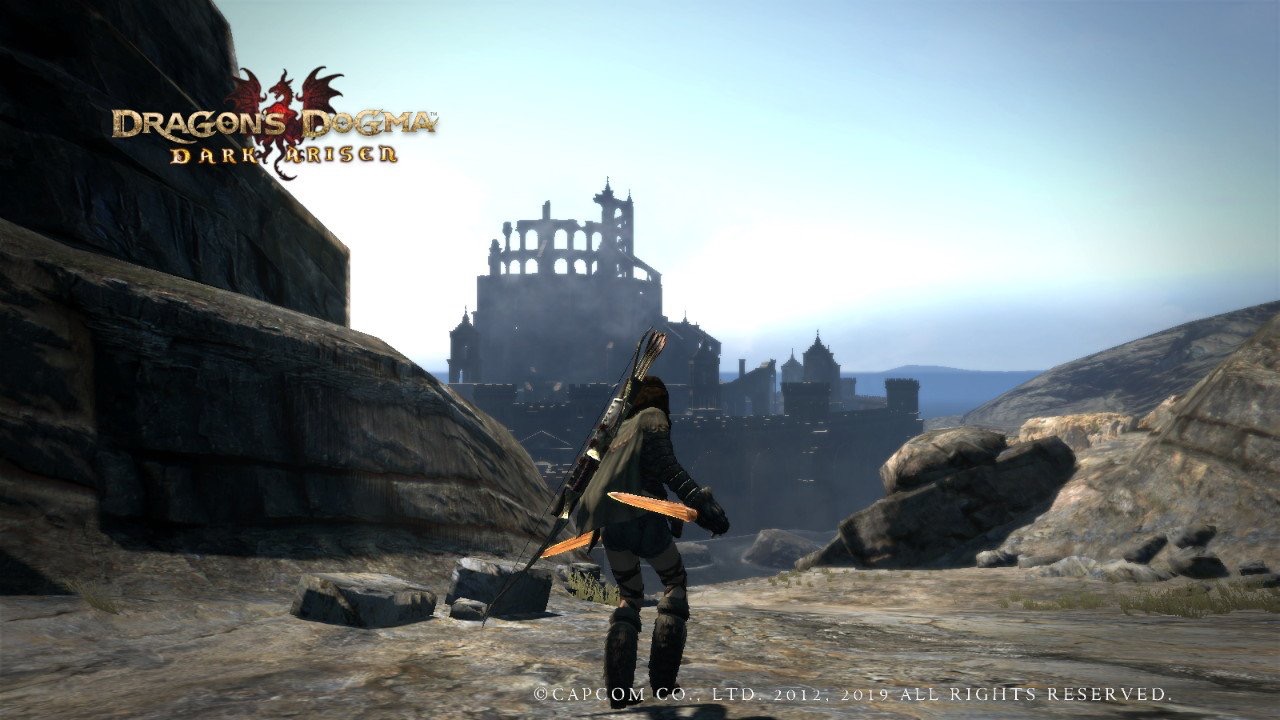 This perspective also allows players to see their characters every time. In games with no premade characters, they can see their "creation", or in games with an intense story or great equipment, they can enjoy how nice or cool their protagonist looks. Yet, there is a little less immersion compared to first preson view.
This perspective also allows players to see their characters every time. In games with no premade characters, they can see their "creation", or in games with an intense story or great equipment, they can enjoy how nice or cool their protagonist looks. Yet, there is a little less immersion compared to first preson view.
This is why some games even allow switching between first and third person view.
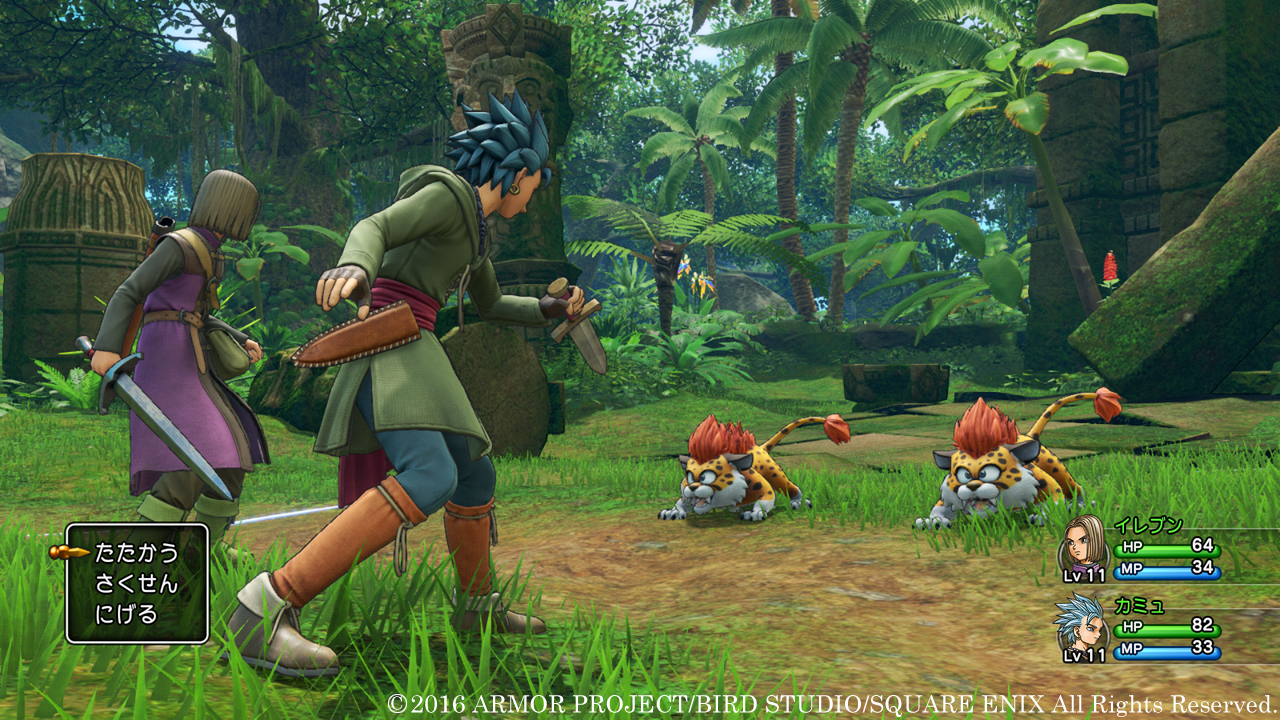 Games in the past often had so many different views. There was a zoomed out world map (or even just a world map menu), town view and combat view. Everything was different from each other or even used different perspectives.
Games in the past often had so many different views. There was a zoomed out world map (or even just a world map menu), town view and combat view. Everything was different from each other or even used different perspectives.
With modern visuals, many games skipped the different game views altogether. Battles, towns, dungeons, or even world travelling looked all the same. This allows the whole gaming world to feel like one entity and not separate elements.
Yet, some games still keep up the separate battle screen. One of the most famous one is Dragon Quest XI, which is an all modern game in great visuals, but also tries to feel old fashioned at times - and keeping the battle screen is just one element of the game.